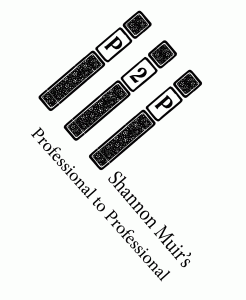I got the opportunity to meet with James Wu, Director of User Experience – Devices for Kobo while at Book Expo America 2013 at the Javits Center. We talked about how Kobo develops its devices with consumers of content in mind. The goal at Kobo is to understand how to translate the user experience by more traditional means to a software experience.
Kobo was formed approximately five years ago from a traditional retailer and later broke away on its own. The original catalog ran around 400,000 titles and now is around 3.5 million. These title range from bestsellers to self-published authors. Kobo decided the best way to control the user experience for their consumers was to develop their own readers. The Kobo 1 was first followed by 5 others, of which the Aura is the newest. The idea is to leverage a technology called “e-ink,” that mimics as close as possible the quality of a printed page on an e-reader, to keep the “emphasis on the reader in mind” according to James.
Around 2011, Kobo identified the tablet space as the next place to go to build strong reader experiences. In 2011 the Vox was released, followed by the Arc. James explained that the Arc is a fully certified Android experience – but took to the next level what the reader would look for compared to most Android devices in that readers are not so app centric; they use their devices to read, watch movies, and more. James explained that readers are “more about content, not apps” and that they preferred “going through their tables to organize, collect and curate their content”. So in Arc, all this is surfaced by making apps secondary and allowing readers to “mix and match the content types in ways that make sense” to each one.
Aura is the top of the link e-ink reader, and again James explained Kobo looked to users in its development. 10,000 users were asked what they’d like and “bigger and better screen” came back as the near unanimous response. As a result, Kobo designed the Aura with what James described as the “first HD e-ink screen”. Overall, James explained, the faster pages and a brighter screen lead to a “more immersive user experience”. How immersive the experience is also came into play for the design, where the back is molded after the idea of curved, folded paper much like an open book. Not only does this make it less device-like in appearance, James described the design as “more ergonomic” in nature. Since readers spend hours at a time doing this activity, “clarity and and feel becomes tremendously important” when considering design.
We also briefly discussed Glow, Kobo’s backlight tablet which James said was “competitive,” and also talked about how Kobo collaborates with Monotype on every model of the readers to get the optimum experience.
In summary, James said that “people who love to read also love to customize their reading experience” and being aware of that played at the heart of Kobo’s operations.
Thank you, James Wu, for giving readers a behind the scenes insight to Kobo’s approach to developing its e-readers for the content consuming audience.
Disclaimer: Even though I have books available on Kobo, I am not a direct user of any Kobo products or services at the time of this writing. No consideration was given to me by Kobo for this interview. This information is furnished by the requirements of the Federal Trade Commission.






